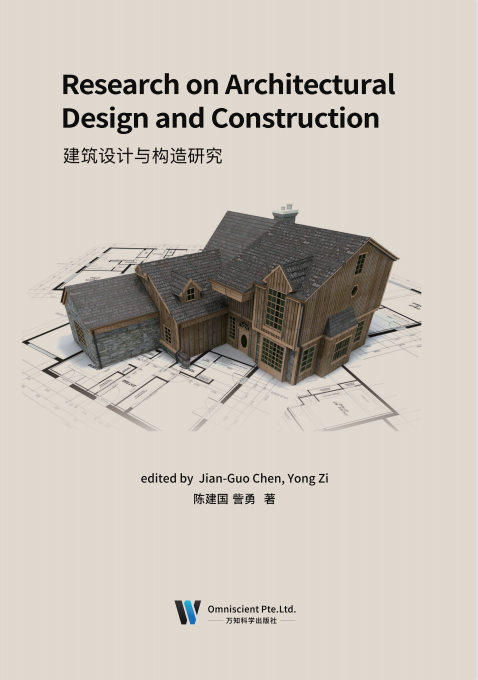
People have human bones, animals have animal bones, and structure is the skeleton of architecture. Many strange life bodies in the world rely on bones to support the weight of the body. The more advanced creatures are, the more complex the bones are, and the same is true of buildings. The shape and space of buildings depend on their skeleton: structure bearing. As different lives have different bones, different buildings also have different structures, different architectural structures determine the use of the building performance. Architectural design is of great significance to the construction. Generally, the reliability, safety and bearing capacity of buildings can be judged by the design scheme.
In addition, the structural elements in architectural design affect the overall shape. Within the scope of structural mechanics, when adjusting the number, proportion, arrangement and cross-section form of beams, columns and walls, the seemingly boring structure shows extremely rich expressive force. For example, columns can be arranged as colonnades. Colonnades with different lengths, heights and spacing have different personalities; columns and walls can be regarded as lines and surfaces in composition to form a certain texture. This book is based on the author’s many years of working experience, combined with theory and practice, put the experience and experience in work practice into writing, and write it on paper, hoping to provide a more practical summary for peers.
前 言
人有人的骨骼,动物有动物的骨骼,结构是建筑的骨骼。大千世界千奇百怪的生命体,很多都依赖骨骼承托着身体的重量。越是高级的生物,骨骼就越复杂,而建筑也同样,建筑的造型、空间等内容,都依赖它的骨骼—结构承重着。如同不同的生命有着不同的骨骼一样,不同的建筑也有着不同的结构,不同建筑构造决定着建筑的使用性能。建筑设计对建筑构造具有非常重要的先行意义,一般通过设计方案可判断建筑可靠性、安全性以及承载能力。
此外,建筑设计中的结构要素影响着整体的造型。在结构力学允许的范围内,调整梁、柱、墙的数量、比例、排列方式和截面形式等因素时,看似枯燥的结构就展现出无比丰富的表现力。例如可以把柱子陈列成柱廊,不同长度、不同高度、不同间距的柱廊有着不同的性格;也可以将柱子和墙当成构成中的线和面,组成一定的肌理。而本书基于笔者多年从业经验,结合理论、联系实践,将工作实践中的心得和体会付诸笔端,写在纸上,希望能够为同行朋友提供一种更具实践性的汇总。
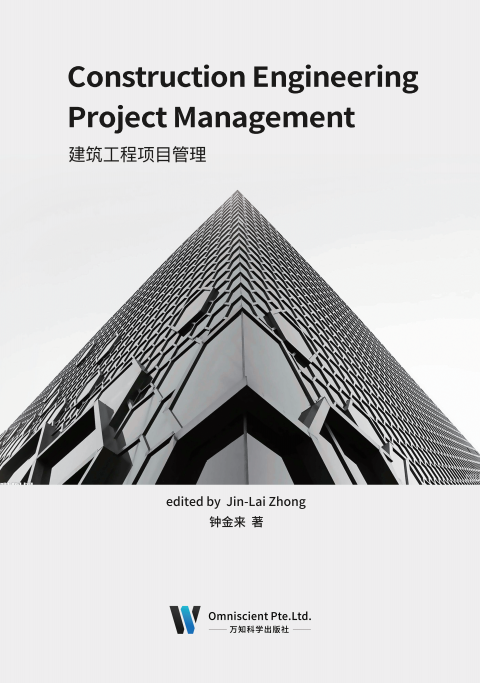
Construction engineering project management is a new management science, especially since the 1990s, it has become a hot topic in the field of management in our country. Construction engineering project management involves politics, economy, military, scientific research and other social fields. It can be said that where there are human activities, there must be projects and project management.
Construction project quality management can ensure the high quality and efficient completion of construction projects. The effective implementation of quality management can not only avoid the occurrence of various quality problems in construction projects, but also help to improve the industry reputation of construction enterprises. As quality management can greatly improve the quality of construction projects, it is necessary to do a good job in quality management in all kinds of construction projects.
Construction engineering project management has the characteristics of wide coverage, strong practicality, strong comprehensiveness, many influencing factors, strong technicality and rapid development. This book aims to cultivate high-quality applied talents of higher engineering technology according to the guiding learning plan and practical application of engineering cost specialty. The book is based on the current national construction engineering standards, specifications and regulations, and based on the editor’s years of work experience and learning practice, and based on the self compiled construction industry. Construction Engineering Project Management is a very practical reading material, the editor always in line with the principle of “quality-oriented, ability oriented, needs based, sufficient for the degree” principle. This book aims at training practical and practical talents, and pays attention to integrating theory with practice to solve practical problems. It ensures the integrity and integrity of the whole book, and embodies the practicality, advanced nature and operability of the content, so as to facilitate practical learning.
前 言
建筑工程项目管理是一门新兴的管理科学,特别是 20 世纪 90 年代以来,成为我国管理领域研究的一大热点,建筑工程项目管理涉及政治、经济、军事、科学研究等社会的各个领域。可以说,凡是有人类活动的地方,就必然有项目和项目管理。
建筑项目工程质量管理可保障建筑工程项目的高质、高效完成,质量管理的有效落实不仅能够避免建筑工程项目中各类质量问题的发生,同时对于提高建筑企业的行业口碑也有较大帮助。由于质量管理能够大幅提升建筑工程项目的质量,因而在各类建筑工程项目中都需做好质量管理工作。
建筑工程项目管理具有涉及面广、实践性强、综合性强、影响因素多、技术性强、发展快的特点。以培养高质量的高等工程技术应用型人才为目标,根据工程造价专业指导性学习计划及实际应用,以国家现行建设工程标准、规范、规程为依据,根据编者多年工作经验和学习实践,在自编建筑业的基础上修改、补充编写而成。建筑工程项目管理是一门实践性很强的读物,编者始终本着“素质为本、能力为主、需要为准、够用为度”的原则精神进行编写。本书以培养应用型,实用性人才的特点,注重理论联系实际,解决实际问题,既保证全书的系统性和完整性,又体现内容的实用性、先进性、可操作性,便于实践学习。
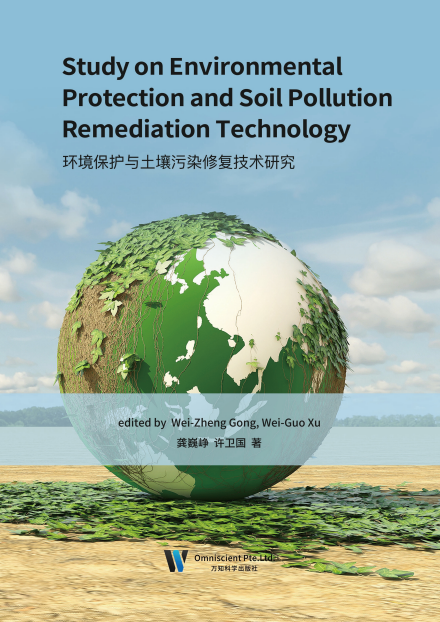
In recent years, with the acceleration of urbanization and the rapid development of industry and agriculture, the problem of soil pollution has become increasingly prominent, and more and more attention has been paid to the monitoring and remediation of contaminated soil. In addition to the traditional physical and chemical methods, people are also trying to find new solutions and ways to control and monitor soil pollution, hoping to coordinate development with environmental protection. With the development of pollution ecology and restoration ecology, its basic principles have been widely used in many fields of natural science. Therefore, it is more and more important to apply the theory and method of pollution ecology and restoration ecology to solve the problem of soil pollution.
The progress of science and technology and the rapid development of global economy have greatly improved the quality of life of human society, but also brought a series of problems threatening human survival, such as environmental pollution and ecological deterioration, which has aroused extensive attention of countries all over the world in the fields of environment, ecology and sustainable development. Protecting the global environment and implementing sustainable development have become the consensus of human society. As the most populous developing country, solving environmental problems is not only in line with China’s long-term goal of sustainable development, but also an important embodiment of the common interests of human society.
In order to ensure the smooth implementation of China’s sustainable development strategy and the realization of environmental protection goals, environmental education must be widely carried out to help people learn the knowledge of environment and environmental science, so as to correctly understand the environment, understand environmental problems and master the relevant knowledge and skills of environmental protection.
前 言
近年来,伴随着城市化进程的加速和工农业的飞速发展,土壤污染问题日益突出,污染土壤的监测和修复得到了人们越来越多的关注。在治理和监测土壤污染这个问题上,除了传统的物理和化学方法之外,人们也在极力寻找新的解决方法和途径,希望使发展与环境保护二者相协调。随着污染生态学和恢复生态学的发展,其基本原理在自然科学多个领域都得到了广泛的应用。由此应用污染生态学和恢复生态学的理论和方法来解决土壤污染问题也越来越被人们重视。
科学技术的进步和全球经济的迅猛发展,在极大地改善了人类社会生活质量的同时,也带来了环境污染和生态恶化等一系列威胁人类生存的问题,从而引起了世界各国对环境、生态、可持续发展等领域的广泛关注。保护全球环境,实施可持续发展,已成为人类社会的共识。作为人口最多的发展中国家,解决好环境问题,既符合中国自身可持续发展的长远目标,也是人类社会共同利益的重要体现。
为确保我国可持续发展战略的顺利实施及环保目标的实现,必须广泛地开展环境教育工作,帮助人们学习有关环境与环境科学方面的知识,从而正确认识环境、了解环境问题并掌握环境保护的相关知识和技能。
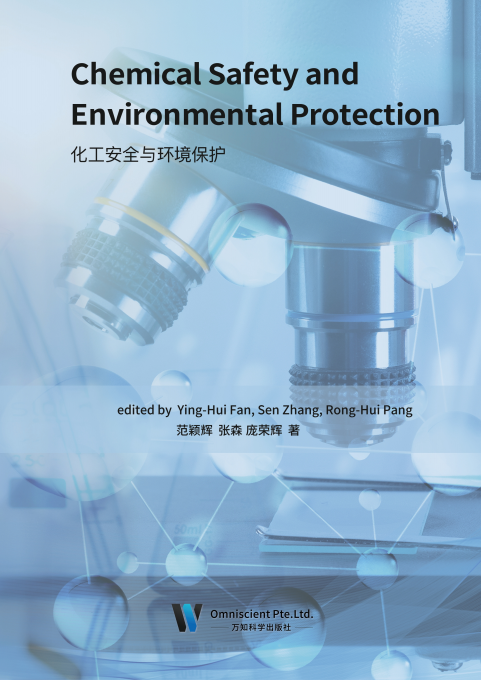
The chemical industry occupies an important position in the national economy of all countries in the world. The chemical industry can not do without chemical safety production. The safe production and stable operation of chemical industry are the guarantee of our national economy. However, chemical production has the characteristics of complex and changeable production process, flammable and explosive raw materials and products, toxic and harmful and corrosive, large-scale production equipment, continuous process and automation, so there are potential risk factors in the production process, which is prone to destructive accidents. Safety production is the most important problem in chemical industry. The task of chemical safety production is to eliminate the unsafe factors in the production process and create a good safe and comfortable working environment and work order. We should turn danger into safety, harm into harmlessness, and heavy labor into light labor, so as to prevent accidents and occupational diseases and ensure the safety and health of employees.
At present, the global environmental problem is one of the biggest threats to human beings. It is an important content of environmental protection work to strengthen the education of environmental science knowledge, popularize the knowledge of environmental protection and enhance the awareness of environmental protection of the whole people. Chemical production is characterized by the diversification of products, raw material lines and production methods. Many pollution incidents are caused by chemical production and chemical substances. Therefore, chemical industry has become one of the main sectors of environmental pollution. Environmental protection and ecological balance are the necessary prerequisite for human survival and development. Therefore, it is a long-term and very important task for chemical industry to persist in popularizing chemical safety technology, strengthening safety education and training for employees, improving people’s safety technical quality and ensuring safe production of chemical industry.
前 言
化学工业在世界各国的国民经济中皆占据重要的位置,化工行业离不开化工安全生产,化工安全生产和稳定运行是我国国民经济的保障。然而,化工生产具有生产工艺复杂多变,原材料及产品易燃易爆、有毒有害和有腐蚀性,生产装置大型化、过程连续化和自动化等特点,因此在生产过程中存在着潜在的危险因素,极易发生破坏性的事故。安全生产是化工行业的首要问题。化工安全生产任务就是要求消除生产过程中的不安全因素,创造良好的安全舒适的劳动环境和工作秩序。要变危险为安全、变有害为无害、变笨重劳动为轻便劳动,防止事故和职业病的发生,确保职工的安全与健康。
当前,全球性环境问题是人类面临的最大威胁之一。加强环境科学知识教育,普及环境保护知识,增强全民环境保护意识是环境保护工作的一项重要内容。化工生产的产品多样化、原料线路多样化、生产方法多样化是其显著的特点,许多污染事件都是由化工生产和化学物质所造成的,因而,化学工业成为环境污染的主要部门之一。环境保护,生态平衡是人类生存发展的必要前提。因此,坚持普及化工安全技术,加强对从业人员的安全教育培训,提高人们的安全技术素质,保证化工安全生产,是化工行业一项项长期且十分重要的任务。
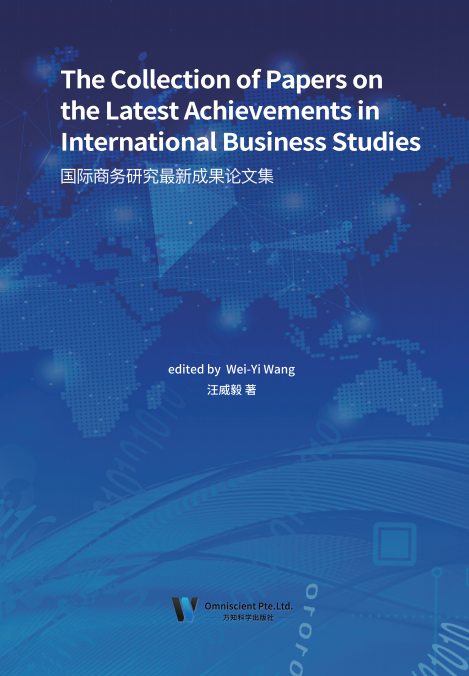
In December 2015, with the approval of Fujian Provincial Education Department’s Minjiaoke [2015] No. 88 Document, our university officially established Fujian University Humanities and Social Sciences Research Base: International Business Research Center of Quanzhou University of Information Engineering as a provincial scientific research and innovation platform. The main research directions are: local international business development research; cross-border e-commerce development research, affiliated to the school of economics and management. Over the past four years, in accordance with the objectives of the project and the requirements of relevant documents, the international business research center has implemented various construction tasks and plans, established research institutes, equipped with scientific research personnel and equipment, rationally used research funds, and made great efforts to carry out research projects.
According to the talent training ability and plan determined by the project, in accordance with the school running orientation of serving local economy and the training target orientation of applied talents, the Research Center encourages researchers to go deep into local economic practice, study the problems existing in local economic development, and carry out a large number of countermeasures research, and lead the students to participate in the tutor’s project research, integrate the research results into the teaching process, and strive to promote the teaching level with scientific research work.
This book is a phased research achievement of the research platform, including more than 60 papers, which can be divided into two directions:
Direction 1: research on the development of cross-border e-commerce, including research on general issues of cross-border e-commerce development, research on regional cross-border e-commerce development, and Research on cross-border e-commerce development of industries and enterprises;
Direction 2: international business development research, including regional international business development research and industry, enterprise international business development research two sub projects.
前 言
2015 年 12 月,经福建省教育厅闽教科[2015]88 号文批准立项,我校正式建立福建省高校人文社科研究基地泉州信息工程学院国际商务研究中心,作为省级科研创新平台,主要的研究方向确定为:地方国际商务发展研究;跨境电子商务发展研究,挂靠经济与管理学院。四年多来,国际商务研究中心按照立项的目标和相关文件的要求,落实各项建设任务和计划,设立研究所,配备科研人才与设备,合理使用研究经费,努力开展课题研究,已经取得较丰硕的成果。
根据本项目所确定的人才培养能力和计划,按照我校服务地方经济的办学定位和应用型人才的培养目标定位,本研究中心鼓励研究人员深入地方经济实践,研究地方经济发展存在的问题,开展大量的对策研究。并且带领在校生,参加导师的课题研究,把研究成果融入教学过程,努力以科研工作促进教学水平提升。
本书是该研究平台的阶段性研究成果,包括论文 60 余篇,可以分为两个方向:
方向一:跨境电商发展研究,包括跨境电商发展一般问题研究、地区跨境电商 发展研究和行业、企业跨境电商发展研究三个子项目;
方向二:国际商务发展研究,包括地区国际商务发展研究和行业、企业国际商务发展研究二个子项目。